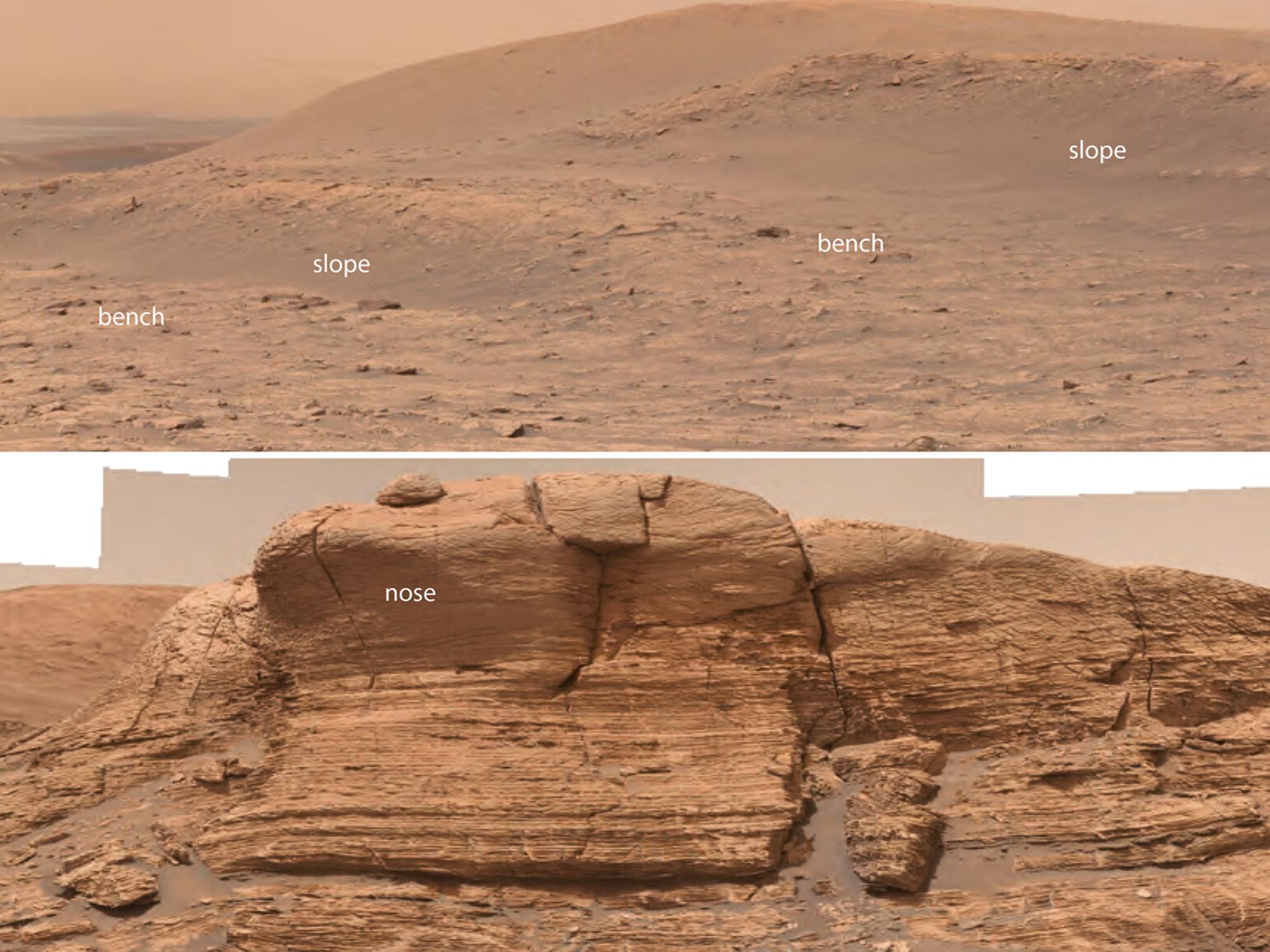Thanks to a combination of images taken by NASA’s Curiosity rover, surveys of sedimentary rocks beneath the Gulf of Mexico on Earth and computer simulations, geologists have identified the remains of ancient, eroded rivers in a number of craters on Mars.
A team of researchers examining data collected by NASA’s Curiosity rover in Gale Crater, a large impact basin on Mars, has discovered additional evidence that rivers once flowed across the red planet, and were perhaps more widespread than previously thought. “We have found evidence that Mars was likely a planet of rivers,” geologist Benjamin Cardenas of Pennsylvania State University and lead author of the research said in the journal. statement.
On Earth, rivers are important for chemical, nutrient and sediment cycles that all have a positive impact on life. Therefore, discovering more evidence of ancient rivers on Mars could be an important development in the search for signs of life on the red planet.
“Our research suggests that Mars could have had many more rivers than previously thought, which certainly paints a more optimistic view of ancient life on Mars,” Cárdenas said. “It offers a view of Mars where most of the planet had the right conditions for life.”
Related: Good news for life: Martian rivers flowed for long periods long ago
Specific landforms identified in the Curiosity rover data, called seat and nose features, have been found within many of the small craters, but until now have not been identified as sediments formed by running water.
Evidence of rivers on Mars has been known since the first spacecraft to orbit Mars. Mariner 9Dry river channels and floodplains have been imaged on the surface of the Red Planet. the different Mars rovers They also found mineral evidence in the form of sulfur-containing compounds such as jarosite, which form in water. Spacecraft and orbiters have also identified ridges formed from sediments in river channels that are billions of years old.
However, the identification of tabletop and nose terrain suggests that rivers were more widespread than thought. They are an alternating mixture of steep slopes, shallow ‘benches’ and short ridges called ‘noses’. They form when sedimentary material placed in channels is eroded by rivers in a preferential direction, perhaps due to prevailing winds.

Suspecting its watery origin, Cardenas and Caitlin Stacy, also of Penn State, trained their computer model on Curiosity images of seat-and-nose landforms inside craters and 3-D scans of sedimentary bedrock layers on the seafloor beneath the Gulf of Mexico. Taken by oil companies 25 years ago.
The computer model was then able to simulate the erosion of sediment left by rivers to create seat-and-nose landforms.
Curiosity had previously confirmed that the 154-kilometre-wide (96-mile) Gale Crater, which the rover is exploring, was filled with liquid water. The discovery that the breech and nose terrain was produced by rivers now gives some indication of the structure of that water mass within Gale Crater.
The results are published in Geophysical Research Letters.

“Beer aficionado. Gamer. Alcohol fanatic. Evil food trailblazer. Avid bacon maven.”
